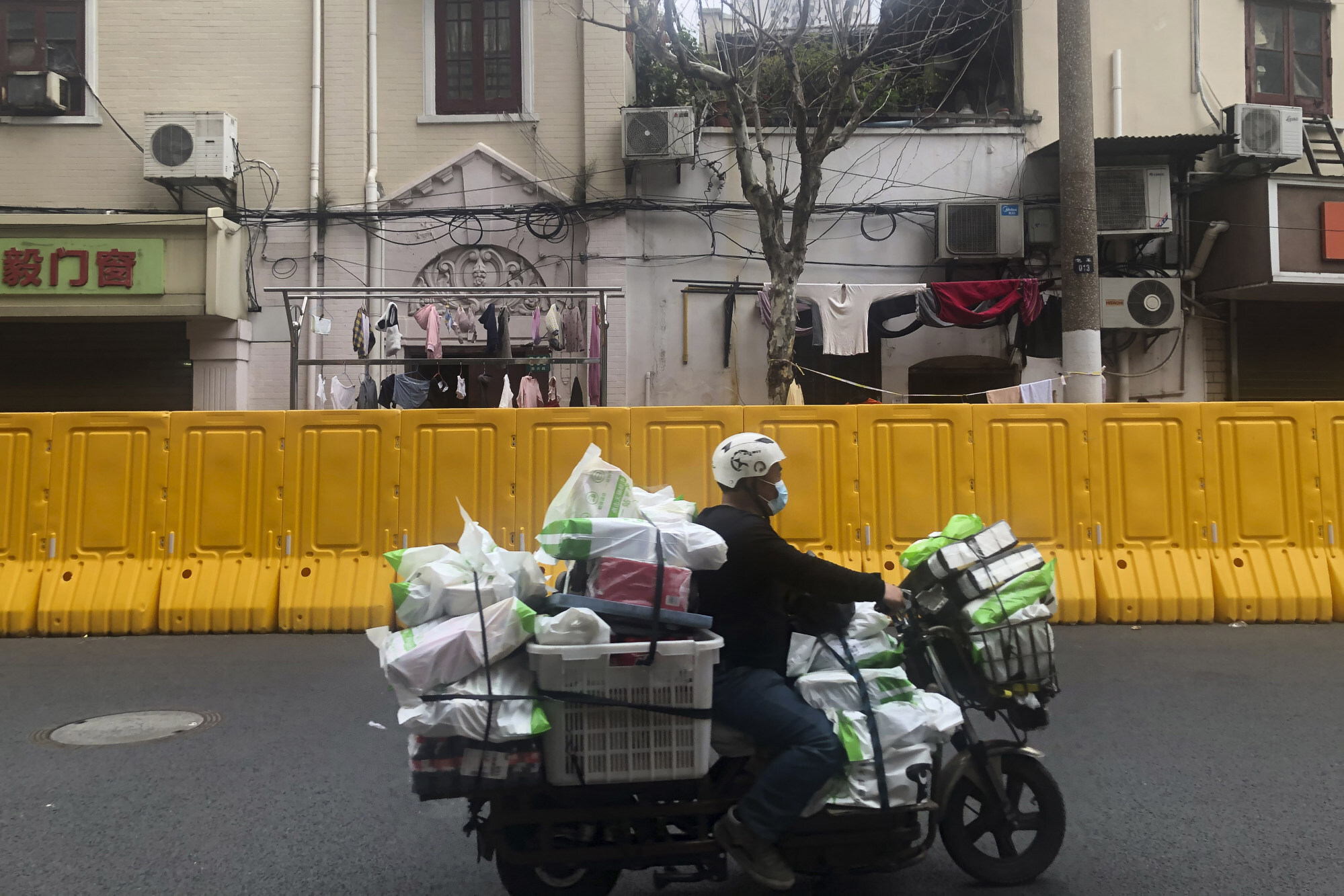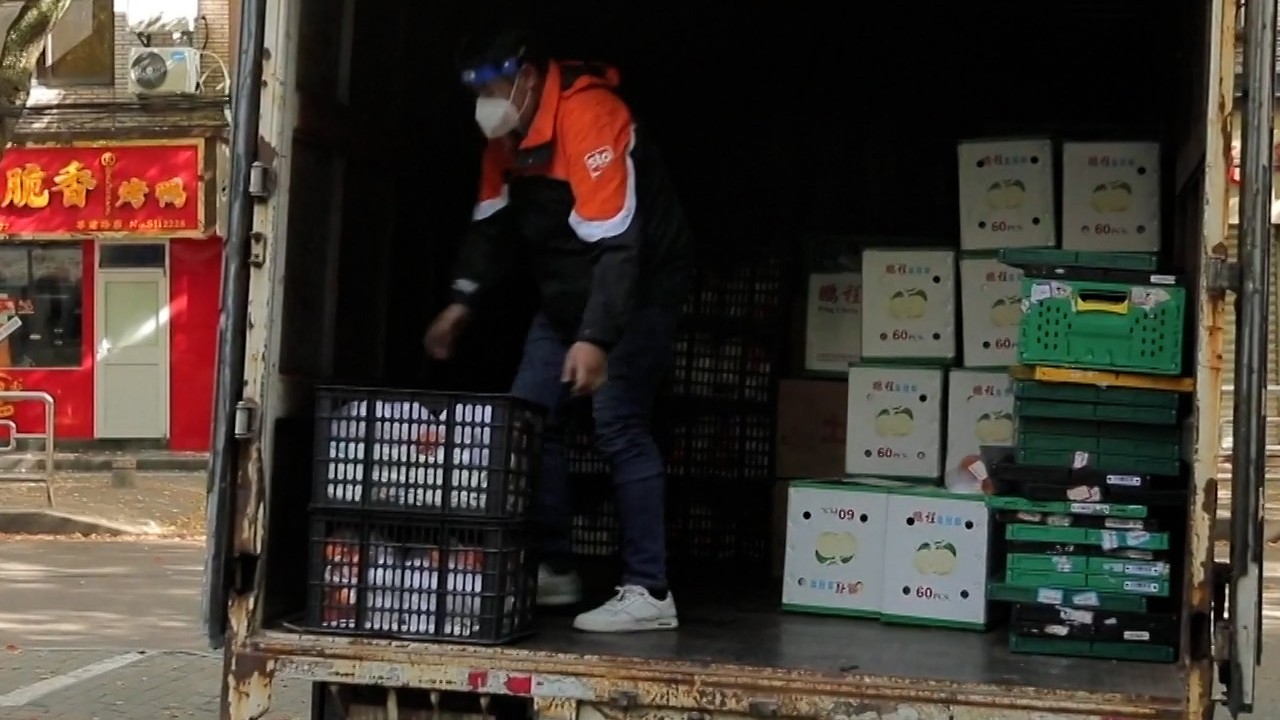
Coronavirus: Shanghai declares 7,565 areas ‘low-risk,’ easing lockdowns in selected zones as symptomatic cases dip after six rounds of tests
- Residents in ‘low-risk’ areas, with zero cases for 14 days, are allowed to move about and shop
- Chinese economist Lang Hsien-ping said his elderly mother died after waiting in vain at a hospital for her Covid-19 test result before she could receive treatment
Shanghai’s authorities have relaxed the citywide lockdowns in China’s financial and commercial centre, as they reclassified the city’s 16 districts according to the severity of the Covid-19 outbreak after six rounds of mass testing.
A total of 7,565 areas have been declared “precautionary zones”, the lowest-risk category, because they recorded zero cases of the Omicron variant over the past 14 days, the Shanghai government’s Deputy Secretary-General Gu Honghui said during a Monday press briefing, without revealing the number of residents living in those areas.
Jing’an district in Puxi, west of the Huangpu River that cuts through Shanghai, has been declared low risk, as was Jingshan, according to pamphlets distributed to residents notifying them of their freedom to move about. Pudong, on the river’s eastern bank, remains under lockdown.
Shanghai rewrote the city’s daily Covid-19 infections record for the 10th straight day with 26,087 new cases on Monday, bringing the city’s total to 205,000 since March 1.

The vast majority of the cases were asymptomatic, and health authorities have released more than 11,000 people from quarantine after they turned negative. No one had died in the current wave of the Covid-19 outbreak since March, even through the city recorded more cases in a month than the sum of the previous two years.

Infections surged even after Shanghai’s 25 million residents were all confined to their homes to undergo multiple rounds of citywide mass testing almost on a daily basis.
“Greater efforts must be made to save time and improve efficiency of testing,” Sun told local officials during a visit to the city’s data centre on Sunday, according to the state news agency Xinhua. “High-risk people must be uncovered as soon as possible and be transferred for quarantine.”
Chinese economist Lang Hsien-ping’s elderly mother died after waiting for four hours in vain at a hospital for her Covid-19 test result before she could receive treatment, according to his social media blog on Monday.
For now, a citywide lockdown remains in most parts of Shanghai. The elevated highway in one of China’s largest population centres, usually choked with bumper-to-bumper commuter traffic during rush hour, is empty. All shopping centres, public places and businesses are closed, and all residents – except medical staff, health officials and emergency workers – are homebound.
‘Just in time’ morphs into ‘just in case’ as Covid-19 cuts supply chains
The Lujiazui finance area and the Zhangjiang Hi-tech Park are already operating as closed loops, requiring staff to work and live on site, with zero contact with outsiders.
In Jing’an district, a small number of groceries and supermarkets have reopened for business since the area was declared low risk, but with limits on the number of customers who can be served, according to a local government official.
“There is still a long way to go before the pandemic is brought under control and for life and business to return to normal,” said Yin Ran, a property and angel investor in Shanghai. “We expect the lockdown to be fully lifted at the end of April.”


